- Written By Team DWS
- Festivals
- June 03, 2025
Exploring Jidai Matsuri: A Journey Through Kyoto's Historical Festival
Nestled in the heart of Japan, Kyoto is a city that whispers tales of its rich history through its ancient temples, serene gardens, and winding streets. Among its many cultural treasures, the Jidai Matsuri, or Festival of Ages, stands out as an extraordinary celebration of Kyoto’s illustrious past. Held annually on October 22nd, this vibrant festival takes participants and spectators alike on a journey through the epochs that shaped this magnificent city.
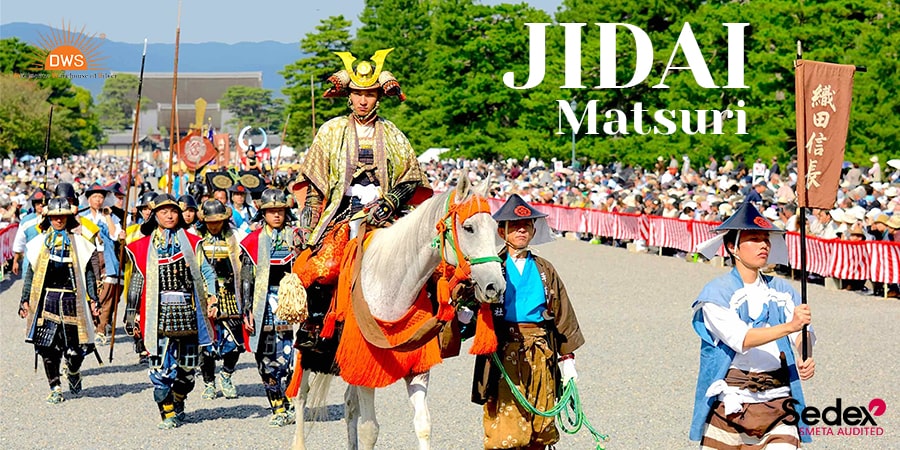
A Brief History of Jidai Matsuri
The roots of Jidai Matsuri can be traced back to 1895, commemorating the 1,100th anniversary of Kyoto’s establishment as the capital of Japan. The festival is designed not only to celebrate the rich history of the city but also to honor the spirit of the Imperial Palace, reflecting the resilience and cultural legacy of Kyoto through the ages.
The festival encompasses a grand procession featuring more than 2,000 participants dressed in authentic costumes that span over a thousand years of history. From the Heian period (794-1185) to the Edo period (1603-1868), attendees gain a visual feast of the garments and armor that characterize various epochs of Japan’s storied past.
The Festival Procession
The centerpiece of the Jidai Matsuri is certainly the parade, which starts at the Kyoto Imperial Palace and weaves through the streets of Kyoto before concluding at the Heian Shrine. The procession is divided into several groups, each representing distinctive historical periods, accompanied by traditional music, dance, and performances that bring the historical scenes to life.
As the parade unfolds, you can expect to see participants donning splendid garments, from the elegant flowing robes of the Heian court to the imposing armor of the samurai. Remarkably detailed, these costumes evoke a sense of reverence and appreciation for the meticulous craft of Japanese textile arts. Each outfit encapsulates not just the fashion of its time but also the very essence of the culture, beliefs, and social structure of each period.
One cannot overlook the significance of the eras represented in the procession. The garments reflect the status of various societal classes—noblewomen, warriors, and commoners—allowing onlookers a glimpse into the intricacies of life throughout Japan’s history. Each participant carries a banner or a placard that identifies them, making the education aspect of the event just as compelling as the visual spectacle.
Cultural Significance
Beyond its visual grandeur, Jidai Matsuri is steeped in tradition and cultural significance. It functions as an opportunity for locals and tourists alike to connect with Japan’s rich history and heritage. The festival symbolizes a collective memory, a shared identity, and an acknowledgment of the many influences that shaped not just Kyoto, but Japan as a whole.
Onlookers are often stunned by the vibrant, authentic representation of Japan’s past, allowing for not just appreciation but also reflection on how history continues to influence modern life. The Jidai Matsuri fosters a sense of pride among Kyotonians, reminding them of their historical legacy and the importance of preserving their cultural roots.
Participating in the Festival
For those interested in participating in Jidai Matsuri, there are ample opportunities to experience the festival up close. Many local schools and community groups take part in the festivities, welcoming volunteers who wish to don traditional attire and join the parade. However, for the uninitiated, simply enjoying the spectacle as an observer brings its own rewards.
Street vendors line the parade route, offering an array of delicious Kyoto delicacies, from yudofu (tofu hot pot) to yaki imo (roasted sweet potatoes). These culinary delights provide a perfect complement to the visual feast unfolding before you, and experiencing the festival through your taste buds adds another layer to the adventure.
A Time to Reflect
While the Jidai Matsuri captivates audiences with its elaborate costumes and historical reenactments, it also serves as a moment for reflection. As the procession winds through the ancient streets of Kyoto, it reminds us of the timelessness of culture and the importance of understanding our roots. In a rapidly modernizing world, festivals like Jidai Matsuri offer a vital connection to the past, allowing future generations to appreciate and cherish the traditions that define their identity.
Conclusion
Jidai Matsuri is more than just a festival; it is a tapestry of culture and history woven into the very fabric of Kyoto. For anyone visiting the city in October, experiencing this dazzling event is an opportunity to step back in time and witness the diversity and richness of Japanese history. So mark your calendars, don your own traditional garb if you can, and prepare to immerse yourself in the splendor of this unique celebration!

Jidai Matsuri FAQs: Everything You Need to Know!
Certainly! Here are some frequently asked questions (FAQs) about the Jidai Matsuri, one of Japan's most famous festivals:
1. What is Jidai Matsuri?
Jidai Matsuri, or the Festival of Ages, is an annual celebration held in Kyoto, Japan, on October 22nd. It commemorates the history and culture of Kyoto by showcasing historical costumes from different periods, particularly the Heian period (794-1185) to the Meiji period (1868-1912).
2. When is Jidai Matsuri celebrated?
Jidai Matsuri is celebrated every year on October 22nd, coinciding with the anniversary of the establishment of the city of Kyoto.
3. Where is Jidai Matsuri held?
The festival takes place in Kyoto, with the main events often centered around the Kyoto Imperial Palace and the streets leading to the Heian Shrine.
4. What activities are included in Jidai Matsuri?
The festival primarily features a grand parade where participants dress in historical costumes representing various eras of Japanese history. There are also traditional performances, local food stalls, and cultural exhibitions throughout the city.
5. How long does the parade last?
The parade typically starts in the morning and can last several hours, showcasing around 2,000 participants, including musicians, dancers, and those in elaborate historic attire.
6. Is Jidai Matsuri a religious festival?
While it has cultural and historical significance, Jidai Matsuri is not strictly a religious festival. It does, however, include elements of Shinto rituals, particularly at the Heian Shrine, where much of the festival activity occurs.
7. How can I participate in Jidai Matsuri?
While locals often participate in the festival, visitors can also enjoy the festivities as spectators. There are opportunities for tourists to rent traditional clothing and join in unique experiences related to the festival.
8. Are there any special traditions associated with Jidai Matsuri?
Yes! Each year, the festival features specific themes or historical portrayals particularly related to Kyoto’s rich history. Special ceremonies, such as offerings at the Heian Shrine, are also part of the event.
9. Can you photograph the parade?
Yes! Photography is generally allowed during the parade. Visitors often come with cameras to capture the vibrant costumes and the atmosphere of the festival.
10. What should I wear if I attend the festival?
While there is no specific dress code for attendees, many visitors choose to wear traditional Japanese attire for an immersive experience. It’s common to see kimonos and yukatas during the festival.
11. What are some tips for attending Jidai Matsuri?
- Arrive early to secure a good viewing spot along the parade route.
- Check the parade schedule ahead of time to know when key events are happening.
- Stay hydrated and wear comfortable shoes, as there may be a lot of walking.
- Consider visiting nearby attractions after the parade to fully experience Kyoto's offerings.
12. Is Jidai Matsuri accessible for everyone?
While many areas of the festival are accessible to those with mobility challenges, certain parts of the parade route may be crowded, and uneven surfaces can make navigation difficult. It’s advisable to check for specific accessibility options in advance.
13. Where can I find more information about Jidai Matsuri?
For the latest updates, schedules, and detailed information about Jidai Matsuri, you can visit the official Kyoto tourism website or contact local tourist information centers.
Feel free to adjust or expand upon this information as needed for your purposes!
Popular on Blogs
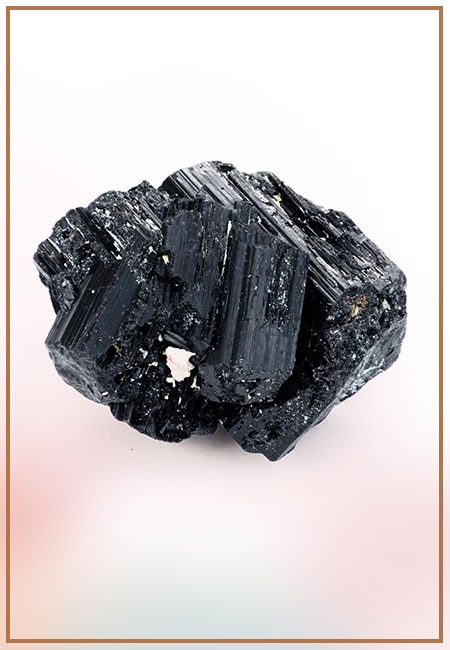
Black Tourmaline: Meaning, Healing Properties, Fascinating Facts, Powerful Attributes, Versatile Uses, and Beyond
September 05, 2023 / BY Team DWS
Black Tourmaline, also known as Schorl, is a highly revered crystal with incredible metaphysical properties. It derives its name from the Dutch word "turamali," meaning "stone with ..
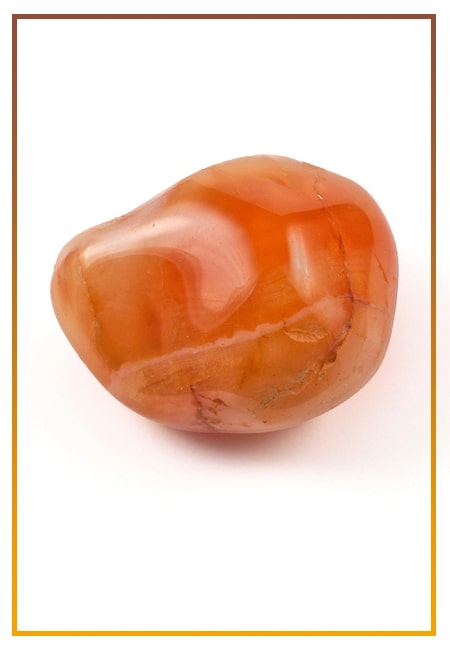
Carnelian Stone: Meaning, Healing Properties, Power, Facts, Color, Uses and More
December 26, 2023 / BY Team DWS
Carnelian is a vibrant and captivating gemstone that holds a plethora of meanings, healing properties, and powers. Its warm and fiery energy makes it a popular choice among crystal ..
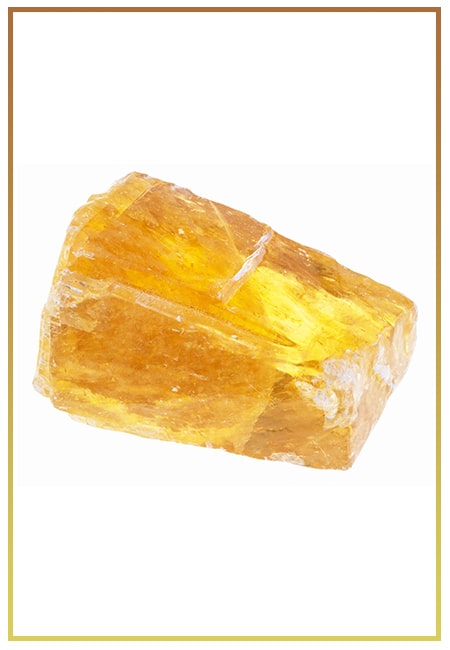
Citrine: Exploring its Meaning, Healing Properties, Fascinating Facts, Powers, Versatile Uses, and Much More
November 18, 2023 / BY Team DWS
Citrine, with its warm golden hues, has captured the attention and imagination of people for centuries. This beautiful gemstone, commonly associated with wealth and prosperity, hol ..
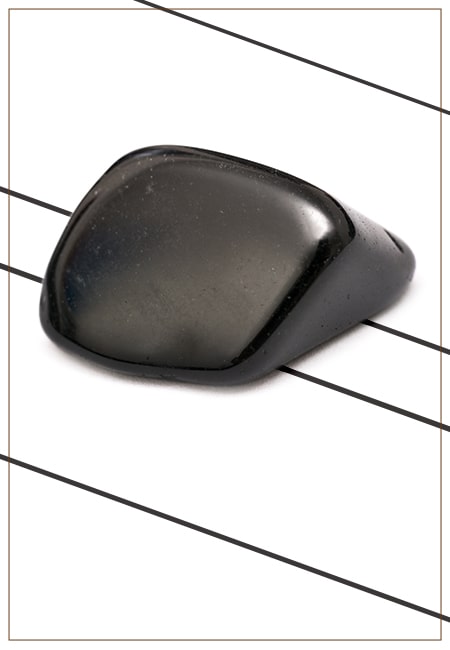
Black Onyx: Unveiling the Meaning, Healing Properties, Fascinating Facts, Powerful Attributes, Versatile Uses, and Beyond
July 25, 2023 / BY Team DWS
Black Onyx, a striking gemstone admired for its deep black hue and elegant appearance, has captivated people for centuries. In this comprehensive guide, we will delve into the mean ..
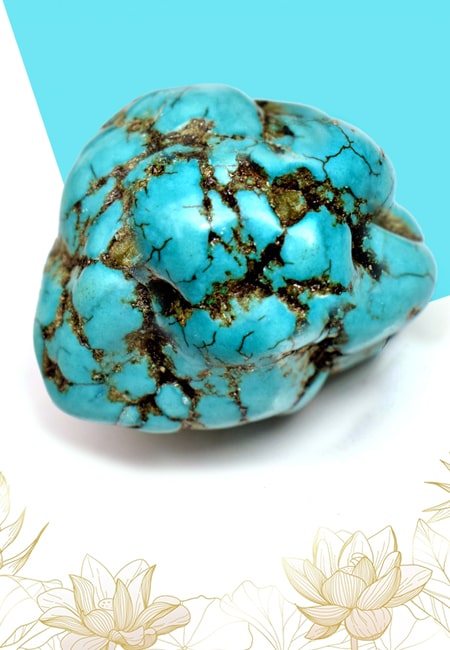
Unveiling the Mysteries of Turquoise Stone: Exploring its Meaning, Healing Properties, Power, Facts, Color, Uses, and More
December 05, 2023 / BY Team DWS
Turquoise, with its captivating blue-green hue, has been adorning jewelry and artifacts for centuries. This striking stone has a rich history, rich symbolism, and a plethora of int ..
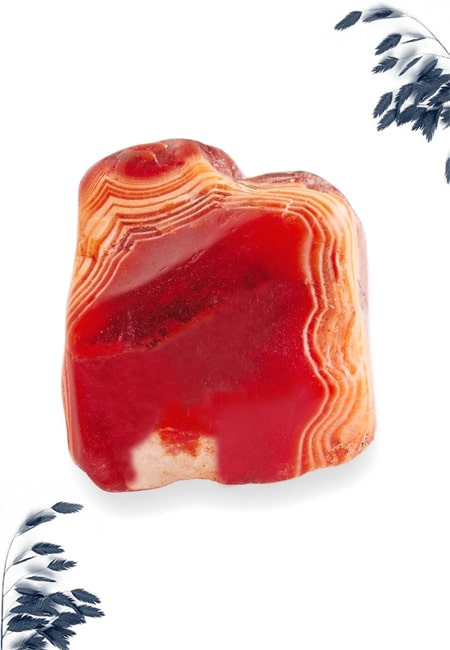
The History Behind The Popularity of Red Agate
December 23, 2022 / BY Team DWS
An Agate is a type of magma rock that takes many years till it is washed out naturally into the water. And that is the reason this stone has elements of water. This beautiful stone ..
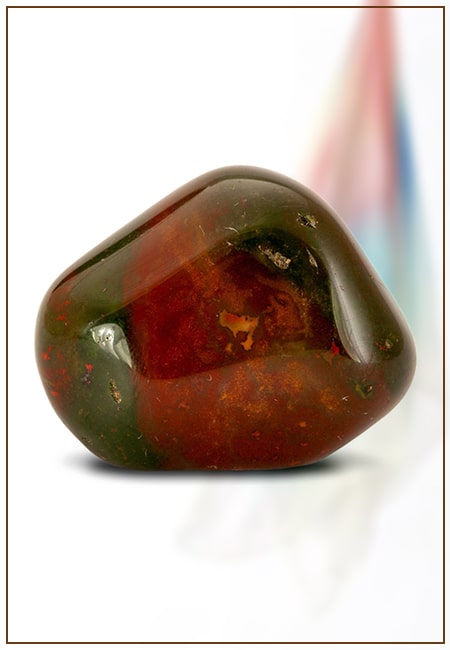
Bloodstone: Unveiling the Meaning, Healing Properties, Facts, Powers, Uses, and More
August 21, 2023 / BY Team DWS
Bloodstone, with its captivating deep green color with specks of red, is a mesmerizing gemstone that has fascinated civilizations for centuries. It possesses unique healing propert ..

Plan a Perfect Valentine's Week with Our Valentine Week List 2025
January 22, 2024 / BY Team DWS
Valentine's Day is undoubtedly the most romantic day of the year, but we believe that one day is just not enough to express your love and make your partner feel special. That's why ..


